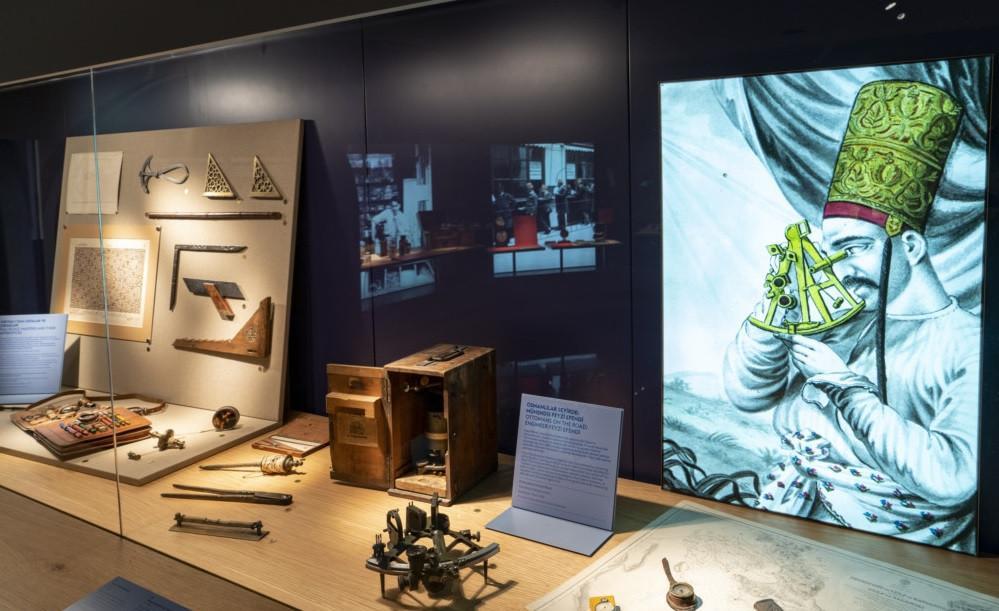
Pera Museum presents a new selection from Suna and İnan Kıraç Foundation Anatolian Weights and Measures Collection.
The new exhibition titled “The Art of Weights and Measures” aims to explore how weights and measures shaped economies, cultures and intercultural relations, their impact on social dynamics of trust as well as their journey toward becoming standardized units from the 2nd millennium B.C. to the present day.
The collection exhibition, which includes many weight, length and volume measurements from various fields such as land measurement, shopping, architecture, pharmacy, astronomy and time measurement, examines the practical and philosophical relationship between geography and the concepts of weights and measuring instruments as well as the development of civilizations and their transformations through everyday objects.
The history of weights and measuring instruments, which could not find the place it deserves in ancient sciences, goes back much further than the invention of money. The endeavor to measure the world with a handful of units brought forth the capacity to recreate it in the abstract. As the measurement of discovery became the substance of myths, weighing and measuring, beyond being mere physical actions, became an important means of self-expression to those captivated by the universe and what lay beyond the boundaries of knowledge.
Pera Museum, which holds one of the world’s leading weight collections, examines the measuring practices of Mesopotamian and Anatolian geographies in the exhibition.
The exhibition project manager Hazel Rössle noted that with the continuous fascination with precision in weighing and measuring, a corresponding migration of myths from the realms of the gods to the land of mortals emerged.
“Concepts like truth and justice became associated with the balancing of the suspended pans of weighing scales. In ancient Egypt, the sins of the deceased were weighed on a set of scales, while in ancient Greek and Roman cultures, the weighing scale was a symbol of justice and an indispensable illustrative element in the depiction of gods and goddesses. In the Byzantine society, too, the act of just and accurate weighing resonated deeply with ethical sensibilities and recalled the weighing of souls. And in the Ottoman Empire, precise weighing represented the foundations of trust, not only in trade but also just as notably in religious life,” Rössle said.
Özalp Birol, the general manager of the Suna and İnan Kıraç Foundation Arts & Culture Enterprises, noted that Anatolian Weights and Measures Collection guides the visitors through this journey with hundreds of different types of weights and measures from the Classical Age to the Ottoman Period.
“Our new collection exhibition allows us to explore how weights and measures shaped economies, cultures and intercultural relations, their impact on social dynamics of trust and their journey towards becoming standardized units through the eyes of civilizations, gods, merchants, master craftsmen and their apprentices from the 2nd millennium B.C. to the present day,” Birol stated.